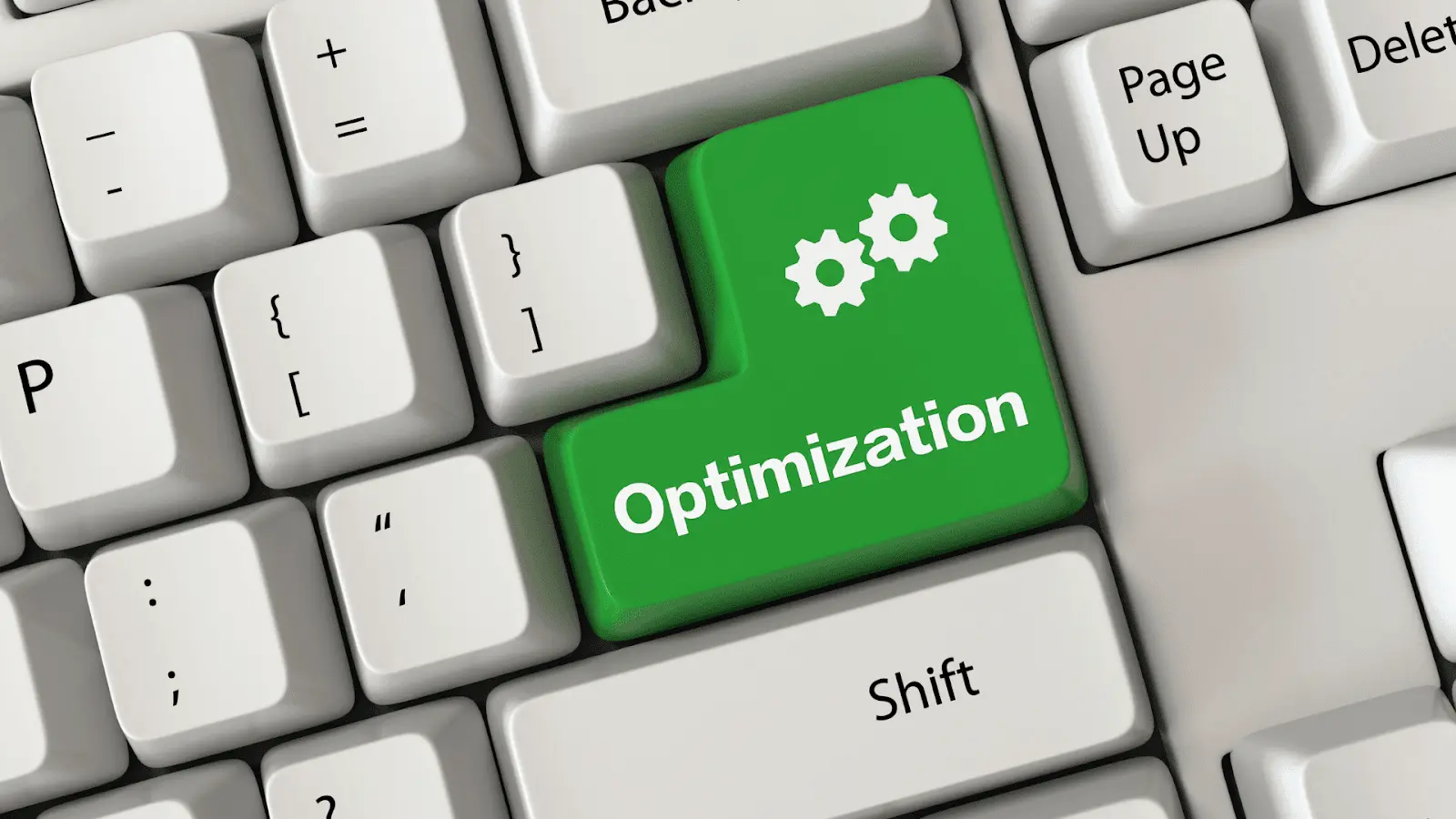At the heart of any effective marketing strategy lies a deep understanding of the target audience. Gone are the days when businesses could rely on a single message to reach everyone. Today, personalization and relevance are essential to capture the attention, generate interest and stimulate action of your prospects and customers. In this article, we'll dive into the crucial importance of understanding your target audience to succeed in marketing.
Why understanding the target audience is essential
At the heart of any successful marketing strategy is a thorough understanding of the target audience. Why is this so essential? In this section, we'll explore why understanding your audience is the crucial first step toward marketing success.
Personalization and relevance
Marketing is no longer about generic messages delivered to a wide audience. Modern consumers expect brands to understand them, anticipate their needs and provide relevant solutions. By understanding your target audience, you can personalize your messages and offers to meet their specific needs, resulting in greater receptivity and increased engagement.
Resource Optimization
A thorough understanding of your audience allows you to optimize the allocation of your marketing resources. Rather than wasting time and money reaching irrelevant groups, you can focus your efforts on segments that are most likely to become loyal customers. This leads to a better return on investment (ROI) for your campaigns.
Making Emotional Connections
Emotional connections are essential in marketing. Consumers are more likely to engage with a brand that understands their values, aspirations and concerns. By understanding your audience, you can create content that emotionally resonates with them, strengthening their attachment to your brand.
Accurate measurement and evaluation
Knowing your target audience allows you to define clear and relevant performance indicators. You can precisely measure the impact of your campaigns on specific segments of your audience, making it easier to continually adjust and optimize your marketing strategy.
Identify your target audience

Now that we understand why understanding your target audience is essential, let's move on to the next crucial step: identifying that audience. This section will focus on the key steps to clearly identify your target audience.
Create Personas
Creating personas is an effective method for defining your target audience. Personas are semi-fictional representations of your ideal customers. To create relevant personas, collect demographic data such as age, gender, income, location, and psychographic data such as interests, needs, preferences, values, and purchasing behaviors. The more detailed your personas, the more precise your understanding of your audience will be.
Analyze your customer data
Your existing customers hold a wealth of information about your target audience. Analyze customer data to identify trends and common characteristics among your most loyal customers. Examine purchasing behaviors, preferred communication channels, and reasons for interacting with your business.
Conduct market research
Market research is a valuable tool for understanding your target audience. These may include polls, surveys, focus groups and market data analysis. These methods help you gain objective information about your audience's needs, attitudes, and behaviors.
Analyze your competition
Examine how your competitors interact with their own audiences. What strategies do they use to attract and retain customers? This analysis can help you refine your understanding of your own audience and uncover unexplored opportunities.
Use online analytics tools
Online analytics tools can provide valuable insights into the behavior of visitors to your website and social media channels. Use this data to understand how people interact with your online content and to refine your audience profile.
Understand the needs and expectations of the target audience

Now that you've identified your target audience, it's time to dive deeper into their psychology and understand their needs and expectations. This section will focus on ways to gather this crucial information.
Search for comments and opinions
Start by collecting feedback and opinions directly from your audience. Online surveys, polls, social media comments, and customer reviews are great sources of information. Ask open-ended questions to encourage detailed responses and identify recurring trends and concerns.
Analysis of interaction data
Analyze your business interaction data to understand how your audience interacts with your website, products or services. Examine conversion paths, most visited pages, abandonment rates and searched keywords. This information will help you determine the interests and needs of your audience.
Social listening
Monitor social media to listen to conversations around your brand and industry. Social platforms are full of valuable information about opinions, emerging trends and issues faced by your audience. Use social media monitoring tools to automate this process.
Interviews and focus groups
One-on-one interviews and focus groups are more in-depth ways to understand your audience's needs and expectations. Conduct interviews with existing customers or members of your target audience to obtain qualitative insights. Focus groups also allow for in-depth exploration of specific topics.
Competitive analysis
Observe how your competitors meet the needs of your audience. Identify what they do well and areas where they might be lacking. This analysis can help you find opportunities to better meet the unmet needs of your audience.
Create personalized content and campaigns

Now that you have a deep understanding of your target audience, it's time to put that knowledge into action by creating tailored content and campaigns. This section will explore strategies for personalizing your marketing approach.
Content personalization
Use the information you've gathered to create content that resonates with your audience. Adapt your tone, writing style, and even your choice of images to match your audience's preferences. Create informative, educational, and entertaining content that specifically addresses the needs and interests of your personas.
Precise targeting
Use demographic, psychographic and behavioral data to precisely target your campaigns. Online advertising platforms offer advanced targeting options that allow you to specifically reach segments of your audience that are most likely to convert.
Personalizing the web experience
Adapt the experience on your website based on audience preferences. Use personalization to recommend products, suggest related content, and make navigation easier. A personalized web experience strengthens visitor engagement and retention.
Marketing Automation
Marketing automation tools allow you to personalize messages based on audience behavior. Send follow-up emails based on user actions, like abandoning carts, subscribing to a newsletter, or visiting certain pages on your site.
Continuous testing and optimization
Remember to measure the performance of your personalized campaigns and make continuous adjustments. Conduct A/B testing to determine which variations work best with different audience segments. Continuous optimization ensures your approach remains relevant and effective.
Measure and adapt continuously

After personalizing your campaigns and creating targeted content, it is essential to measure results and continually adapt your marketing strategy. This section explores the importance of constant measurement and optimization to keep your approach relevant.
Establishment of KPIs (Key Performance Indicators)
Define key performance indicators (KPIs) to evaluate the effectiveness of your strategy. KPIs can vary depending on your goals, but they must be specific, measurable, achievable, relevant and time-bound (SMART). For example, monitor conversion rate, click-through rate (CTR), email open rate, session duration on your website, etc.
Using analytics tools
Use web analytics tools, email tracking software, and marketing dashboards to track your KPIs. These tools provide you with real-time data on the performance of your campaigns, allowing you to quickly respond to emerging trends or potential issues.
A/B testing and multivariate testing
Continue to perform A/B testing and multivariate testing to refine your campaigns and content. Test different variations to see what works best with different segments of your audience. Testing is essential for constant optimization.
Listening to the audience
Stay tuned to your audience. Monitor comments, reviews, social media mentions and incoming emails. Customers can provide valuable insight into what’s working and what’s not working in your campaigns.
Strategy adjustment
Use the data and insights you've collected to adjust your marketing strategy accordingly. This could include changes to content, targeting, campaign timing, or even the entire strategy. Constant adaptation is essential to maintaining relevance and success.
Continuous optimization and future trends

Continually optimizing your marketing strategy is essential to maintaining a strong relationship with your target audience. However, it's equally important to stay on top of emerging trends that could affect the way you interact with your audience. In this section, we will address these two crucial aspects.
Optimization as an ongoing process
Optimization should never stop. Your audience's habits may evolve, new competitors may emerge, and marketing technologies may change. Stay flexible and ready to adjust your strategy based on data and feedback.
Advanced customization
Personalization will continue to play a central role in marketing. Technological advances will enable even finer personalization, with specific messages and offers tailored to each individual. Investing in automation and artificial intelligence solutions can help achieve this advanced personalization.
The rise of video
Video continues to grow in popularity as a means of communication. Consumers respond favorably to videos, and social media platforms are promoting this format. Incorporating video into your content strategy can allow you to reach your audience in a more engaging way.
Data Ethics
Privacy and data ethics are growing concerns for consumers. Make sure you comply with personal data regulations and communicate transparently about how you use your audience data.
User experience
User experience (UX) is an essential element of the relationship with your audience. User-friendly websites and intuitive applications increase user satisfaction. Invest in improving UX to deliver a great experience to your audience.
Understanding your target audience and adjusting your marketing strategy accordingly is an ongoing process. Constant optimization, advanced personalization, and taking into account emerging trends are all ways to stay competitive and maintain a strong connection with your audience. By following these steps and remaining responsive to the changing needs of your audience, you can thrive in the ever-changing marketing landscape.
Conclusion
Understanding your target audience is more than just one step in the marketing process; it is the foundation of any successful marketing strategy. By clearly identifying who your potential customers are, listening to their needs and meeting their expectations, you create a solid foundation for effective communication and impactful campaigns.






